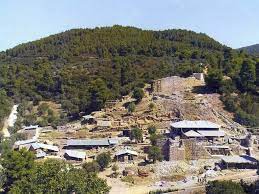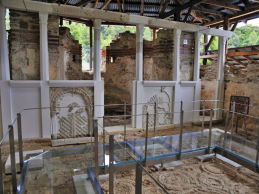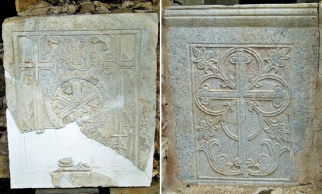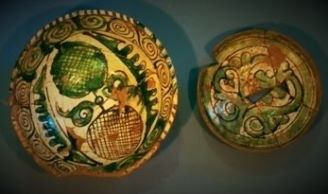The ruins of the once Athonite Monastery of Zigou are located near Ouranoupolis, about 40m. away from the current border of Mount Athos. It was founded approximately in the 10th century and was dedicated to Prophet Elijah. The monastery was fortified with walls and had 11 towers. In 958 Osios Athanasios, the Athonite, the founder of Megisti Lavra, began his ascetic life here. Excavations have revealed significant archeological findings. It is the only chance for a woman to visit an authentic Athonite monastery outside of Mount Athos. Now it operates as a visitable archeological sight, every day except Tuesday from 8a.m. to 3p.m.
 |
 |
 |
 |
